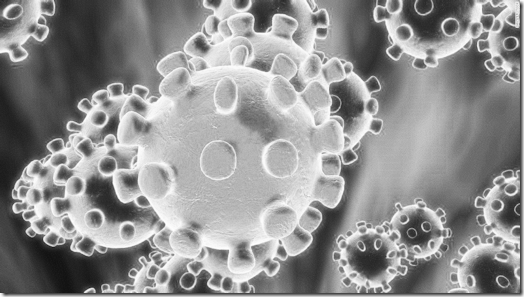 I want to clarify what many people have read in the media over the last few days, but appear to have misunderstood. Here’s one media reference to the subject.
I want to clarify what many people have read in the media over the last few days, but appear to have misunderstood. Here’s one media reference to the subject.
It concerns a promising candidate for a vaccine for COVID-19 being developed at Oxford that is just entering human trials. The confusion amongst people who have seen it appears to stem from what one of the scientists working on it has said:
“Vaccinologist at Oxford, Professor Sarah Gilbert, has said she is 80 per cent sure the vaccine will be a success.”
She is saying that she is 80% certain the vaccine she’s working on will work. Nothing more. In other articles, she is quoted as saying that if everything runs smoothly – and absolutely nothing goes wrong – the vaccine could be ready by the Autumn.
To clarify, she is 80% certain they have a candidate that will work, and the earliest they would be able to say ‘yes, it does’ is in the Autumn.
She is not saying everyone will be able to have the jab in the Autumn and go back to normal. Nor is she saying the vaccine will only be 80% effective (something else I keep seeing people posting).
Once they have a vaccine that works, it has got to be manufactured on a large scale and distributed. Then, tens of millions of people have got to get the jab. That is going to take time (and if what we’ve seen with PPE and medical equipment is anything to go by) it is likely to run into shortages of ampoules, vials, bungs, over-caps, or pre-filled syringes – the containers it is probably going to be put into.
In normal times, it can take anything up to 60 years to develop a vaccine (and yes, historically, that is how long some have taken to develop). Typically, it takes at least 3-10 years to get one, but that is when there is no major hurry and the very detailed clinical trials are carried out, analysed, and documented as is required by the various Health Agencies in different countries.
Even in this extraordinary situation we find ourselves in, a vaccine that became approved for use today might still take as long as 12-18 months to distribute and deploy. Hopefully, a target of 6 months might be met, but meeting targets isn’t something which has been demonstrated to any significant degree during this pandemic when you look at how many tests for COVID-19 the UK has managed to achieve.
Remember that if the UK government did manage to provide 100,000 vaccinations per day (based on its target of 100,000 tests), it would take 500 days to cover the entire population. And that is around 18 months. Yet we are nowhere near meeting that testing target.
The same issue arises with the manufacture of the vaccine. My guess is it will likely be deployed in pre-filled syringes (but I could be wrong, as they are probably the slowest and most likely to run into shortages way of delivering it). But an ampoule filling machine – those are the glass bottles you snap the top off to use – can fill at up to several hundred ampoules per minute. There aren’t that many of them installed in the UK in the first place, and of the ones that are, most run much more slowly. Even if we assume 1,000 machines running at 200 ampoules per minute, 24 hours a day, it would take 10 days to produce enough vaccine for the whole country. In reality, the UK has a fraction of that number of machines available, a fraction of the number of companies who can handle vaccines at all, running at a combined fraction of that filling speed, and only capable of running for a fraction of the maximum available time. Producing the vaccine would take months, and I haven’t even mentioned the manufacturing process for the bulk (which is unknown, as yet).
It is definitely very good news about the vaccine at this stage. But there is still a long way to go.
Update 17/4/2020: The latest to this – two days after I wrote it – is that the scientists involved in the Oxford trial are so confident it will work that they plan to manufacture 1 million doses while the trials are still ongoing and hope to be ready by September.